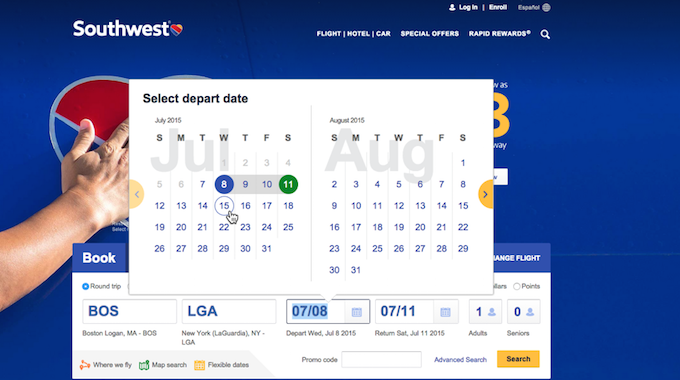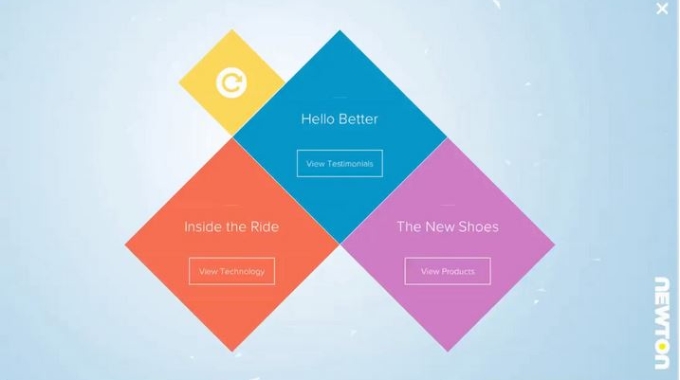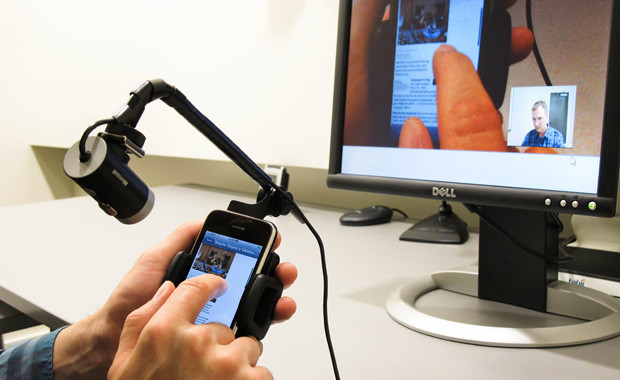Preventing User Errors: Avoiding Unconscious Slips
Summary: Users are often distracted from the task at hand, so prevent unconscious errors by offering suggestions, utilizing constraints, and being flexible.
One of the 10 Usability Heuristics advises that it’s important to communicate errors to users gracefully, actionably, and clearly. However, it’s even better to prevent users from making errors in the first place.










